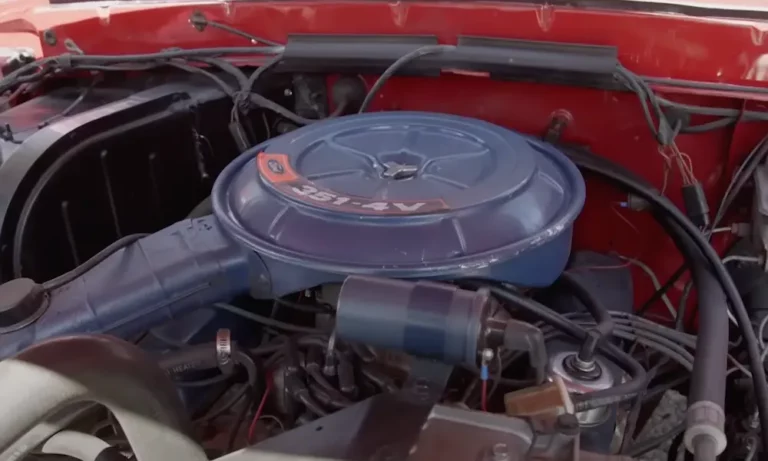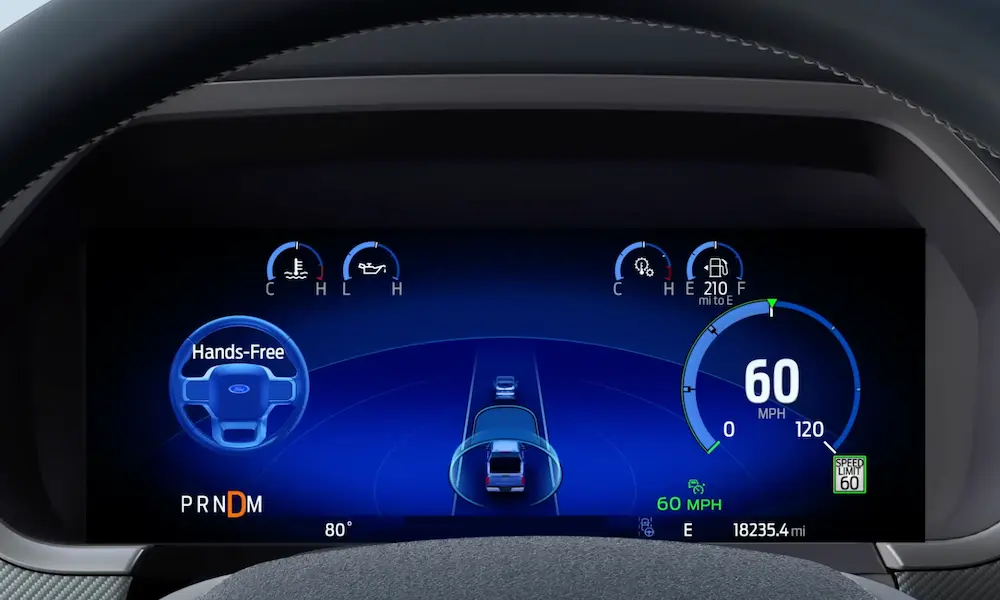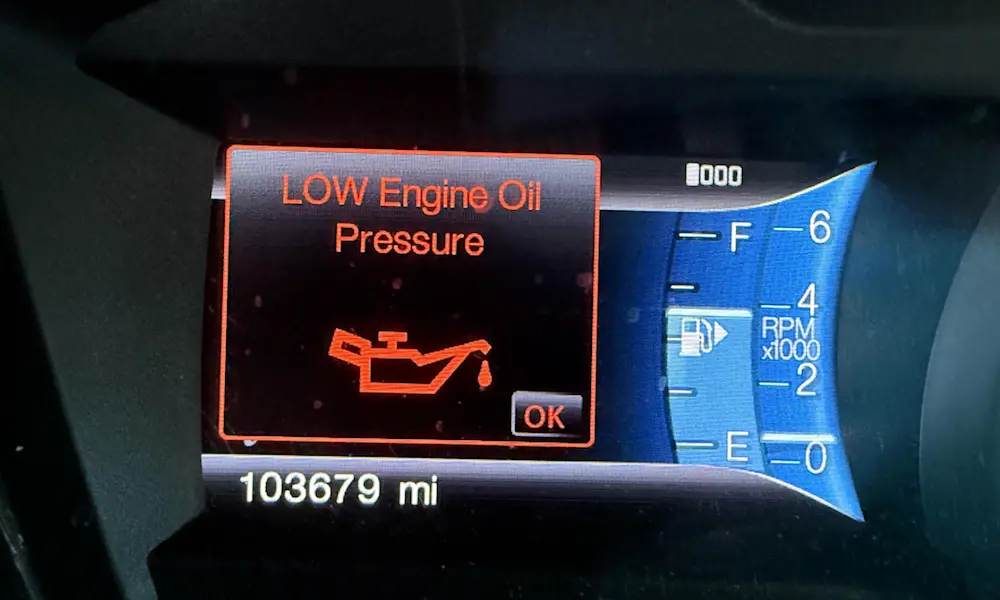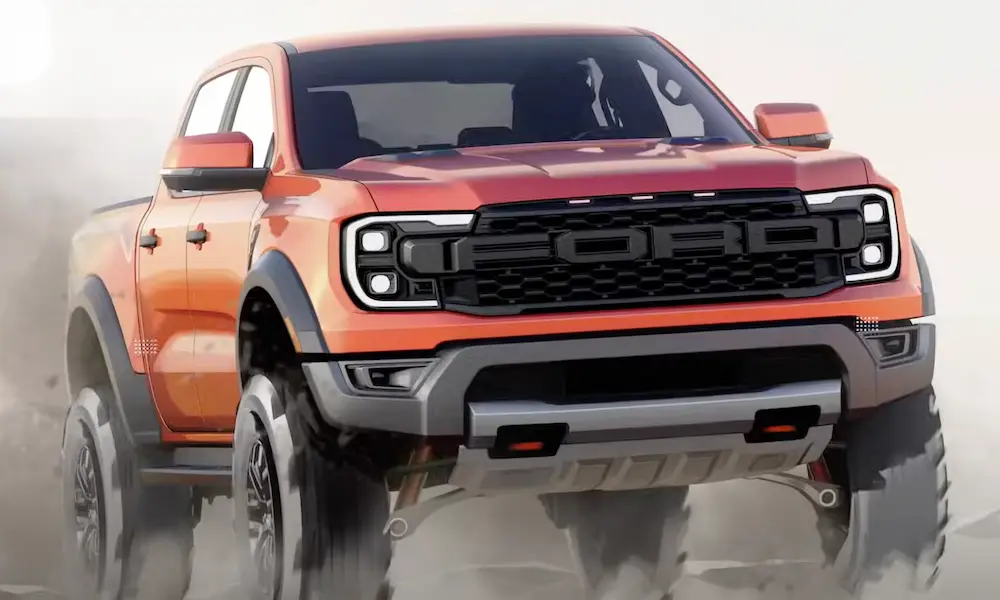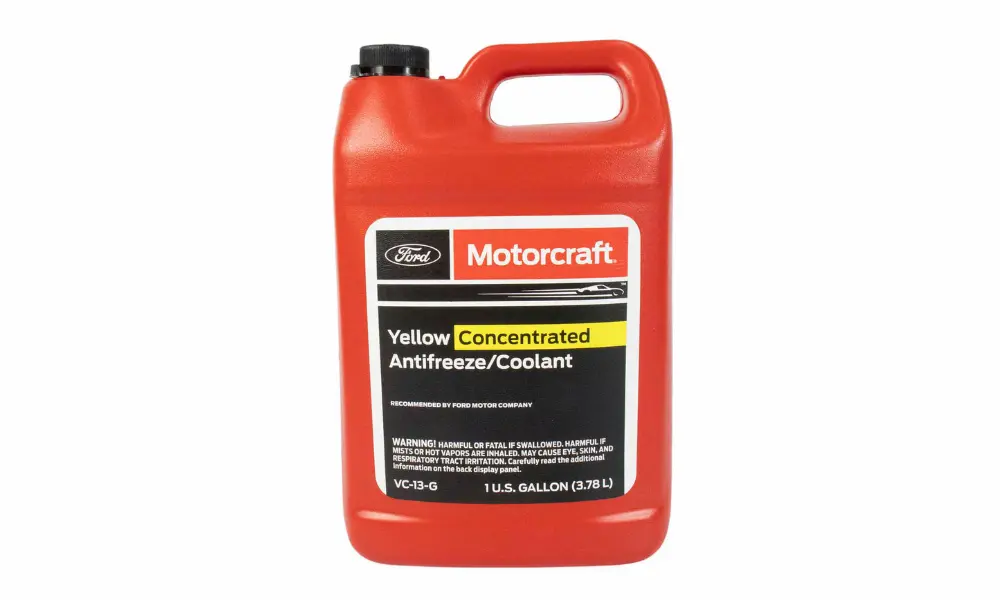Ever wondered about the real differences between Ford’s two legendary 351 cubic inch engines? If you’re debating between these powerhouses for your classic restoration or performance build, you’re in the right place. While both engines share the same displacement, they’re surprisingly different beasts under the hood.
The Origin Story: Why Two Different 351s?
Ford created two distinct 351 cubic inch V8 engines during the muscle car era, each with its own identity. The naming convention is refreshingly straightforward – they’re named after their manufacturing locations.
The 351 Windsor rolled off production lines in Windsor, Ontario, Canada, as part of Ford’s small-block Windsor family. Meanwhile, the 351 Cleveland came from Cleveland, Ohio, belonging to Ford’s 335 engine family.
What many don’t realize is that these weren’t just slight variations – they were fundamentally different engines designed for different purposes. The Windsor was built for versatility and longevity, while the Cleveland was Ford’s answer to the high-performance demands of the muscle car era.
Physical Design: More Different Than You’d Think
Block Architecture
Despite sharing the same 351 cubic inch displacement, these engines have dramatically different block designs:
- The Windsor has a taller deck height with a narrower overall block
- The Cleveland features a wider block with a lower deck height
- They share bore spacing and stroke measurements, but that’s where the similarities end
- The Cleveland uses a perfect 90-degree angle between cylinder banks, while the Windsor uses a slightly tighter angle
This explains why you can’t simply swap parts between these engines – they’re built on completely different foundations.
Head Design: The Biggest Performance Difference
The cylinder heads represent the most significant performance difference between these engines:
| Feature | 351 Windsor | 351 Cleveland |
|---|---|---|
| Valve Arrangement | In-line valves (wedge design) | Canted/splayed valves (angled) |
| Port Size | Smaller, more conventional | Larger, racing-inspired |
| Configurations | Standard small-block heads | 2V (smaller) or 4V (performance) |
| Flow Characteristics | Better low-end torque | Superior high-RPM breathing |
The Cleveland’s revolutionary canted valve design allowed for straighter intake ports and better breathing at high RPMs. This single design element is why the Cleveland earned its reputation as the hot rod choice.
Oiling Systems: A Critical Difference
Another key difference lies in how these engines manage oil flow:
- The Windsor uses a main-bearing priority oiling system, sending oil to the crankshaft first
- The Cleveland employs a cam-priority system, directing oil to the camshaft bearings first
This difference affects reliability under high-stress conditions, with many builders preferring the Windsor’s approach for its better protection of the crankshaft in high-performance applications.
Performance Profile: Different Strengths for Different Needs
When considering these engines, think about what you value most in your build:
Power Curves and Characteristics
The 351 Cleveland was designed as Ford’s high-performance small block, featuring:
- Better high-RPM breathing
- Stronger out-of-the-box horsepower potential
- Racing-inspired heads with larger ports
The 351 Windsor, while no slouch, offers:
- Better low-end torque characteristics
- More tractable power delivery for street applications
- Excellent reliability under various conditions
The Cleveland’s canted valve design created room for larger intake ports, allowing the engine to breathe more efficiently at higher RPMs compared to the Windsor’s more traditional port design.
Modern Performance Potential
With today’s aftermarket parts, both engines can produce impressive power numbers:
- Modified Windsors have been dyno-tested at over 450 horsepower and 468 lb-ft of torque
- Modern Windsor heads can actually outflow stock Cleveland heads at lower valve lifts
- “Clevor” builds (Cleveland heads on Windsor blocks) combine the best of both worlds
The Windsor’s longer connecting rod ratio provides excellent torque characteristics that make it ideal for street applications where throttle response matters more than high-RPM power.
Real-World Availability: Why the Windsor Usually Wins Today
If you’re making a decision between these engines today, availability becomes a major factor:
Production Timeline
The production history of these engines dramatically affects their availability:
- The 351 Windsor enjoyed a marathon 27-year production run (1969-1996)
- The 351 Cleveland had a brief 5-year US production span (1970-1974)
- Australia continued Cleveland production until 1982
This disparity means Windsor engines and parts are significantly more available and affordable in today’s market. Finding a Cleveland often requires deeper pockets and more patience.
Parts Accessibility
The availability gap creates a cascade of practical considerations:
- Windsor parts are abundant and relatively inexpensive
- Cleveland components command premium prices when you can find them
- The aftermarket strongly favors the Windsor with more performance options
This reality has pushed many builders toward the Windsor platform despite the Cleveland’s performance pedigree. As enthusiasts note, finding a serviceable Cleveland can be a genuine challenge compared to the ubiquitous Windsor.
Vehicle Applications: Where You’d Find Each Engine
These engines found homes in different vehicles based on their performance profiles:
Factory Applications
The engines were strategically deployed across Ford’s lineup:
- The Windsor powered everything from family sedans to trucks and muscle cars
- The Cleveland was primarily reserved for performance applications
- The Italian exotic manufacturer DeTomaso used the Cleveland in their Pantera model
By 1982, all Ford trucks exclusively used Windsor engines, cementing its role as the workhorse of the Ford lineup while the Cleveland became increasingly rare.
Famous Models and Special Editions
Some of the most noteworthy applications include:
- The Windsor appeared in countless Mustangs, F-Series trucks, and full-size sedans
- The Cleveland powered the legendary Mustang Mach 1 and Boss 351
- Ford Australia continued using Clevelands in their Falcon GT and XY models
As automotive historians note, “The Cleveland quickly gained a reputation as the hot rodder’s choice, while the Windsor became known for its reliability and versatility across Ford’s lineup.”
Building a Performance Engine: Modern Considerations
If you’re planning a performance build today, consider these important factors:
Aftermarket Support
The availability of performance parts heavily favors the Windsor:
- Comprehensive catalogs of Windsor performance parts exist from numerous manufacturers
- Cleveland performance parts are more specialized and often more expensive
- Modern Windsor heads can now match or exceed Cleveland flow characteristics
This disparity has led many builders to choose the Windsor platform despite the Cleveland’s performance pedigree.
The “Clevor” Hybrid Option
Some builders have created the best of both worlds with the “Clevor” combination:
- Cleveland heads mounted on a Windsor block
- Combines the Windsor’s availability with the Cleveland’s breathing capability
- Requires modifications to water passages and special pistons
This hybrid approach was even used by Ford themselves in the legendary Boss 302 engine, which utilized Cleveland heads on a Windsor-based block.
The Clevor combination delivers excellent performance while maintaining the Windsor’s reliability advantages.
The 351 Modified: The Forgotten 351
Adding to the confusion, there’s a third 351 cubic inch Ford engine that’s often overlooked:
The Mysterious “M”
The 351M (Modified) represents yet another distinct design:
- Created by taking a Cleveland block, making it taller for the 400 cubic inch engine, then reducing the stroke to 351 cubic inches
- Uses the big-block Ford bellhousing pattern, unlike both Windsor and Cleveland
- Often mistaken for a Cleveland but shares more with the 400 engine
The “M” designation wasn’t even an official Ford name – it was slang applied by enthusiasts that eventually stuck. Some claim it stands for “Michigan,” referencing its casting location.
Practical Differences
If you encounter a 351M, note these important distinctions:
- It uses different transmission bolt patterns than either Windsor or Cleveland
- Parts compatibility is more aligned with the Ford 400 engine
- Performance potential is generally considered lower than both Windsor and Cleveland
The 351M is generally less desirable for performance applications but can still be a solid option for period-correct restorations of late 70s Ford vehicles.
Identifying Your 351: Quick Tips
Not sure which 351 you’re looking at? Here are some quick identifiers:
- Check the front of the engine: Windsors have the distributor at the front, Clevelands at the rear
- Examine the valve covers: The Windsor has evenly spaced bolts, while the Cleveland has paired bolt patterns
- Look at cylinder head design: The Cleveland’s distinctive canted valves are visible with the valve covers removed
- The Windsor uses a front-sump oil pan, while the Cleveland uses a rear-sump design
These visual clues can help you quickly determine which engine family you’re dealing with before diving into more detailed measurements.
Making Your Choice: Windsor vs Cleveland
When deciding between these engines, consider these key factors:
Choose the Windsor if:
- You value parts availability and affordability
- You’re building a dual-purpose street/strip car
- Low-end torque and driveability are priorities
- You want maximum aftermarket support
Choose the Cleveland if:
- You’re building a period-correct restoration
- High-RPM performance is your primary goal
- You’re willing to pay a premium for rarity
- You want the classic muscle car builder’s bragging rights
Many enthusiasts find that the Windsor makes more practical sense today, while the Cleveland maintains its mystique as the more exotic choice.
The Bottom Line
While sharing the same 351 cubic inch displacement, the Windsor and Cleveland engines represent dramatically different approaches to V8 design. The Cleveland’s advanced cylinder head design and stronger components made it Ford’s performance leader, while the Windsor earned its reputation through versatility, reliability and longevity.
For today’s builder, the choice often comes down to availability and intended use. The Windsor’s much greater production numbers translate to better parts availability and lower costs, making it the more practical choice for most projects.
Whichever engine you choose, both the 351 Windsor and Cleveland represent high points in American V8 design, capable of delivering serious performance with the right modifications. Their enduring popularity among Ford enthusiasts proves that these legendary engines will continue to power performance builds for generations to come.

